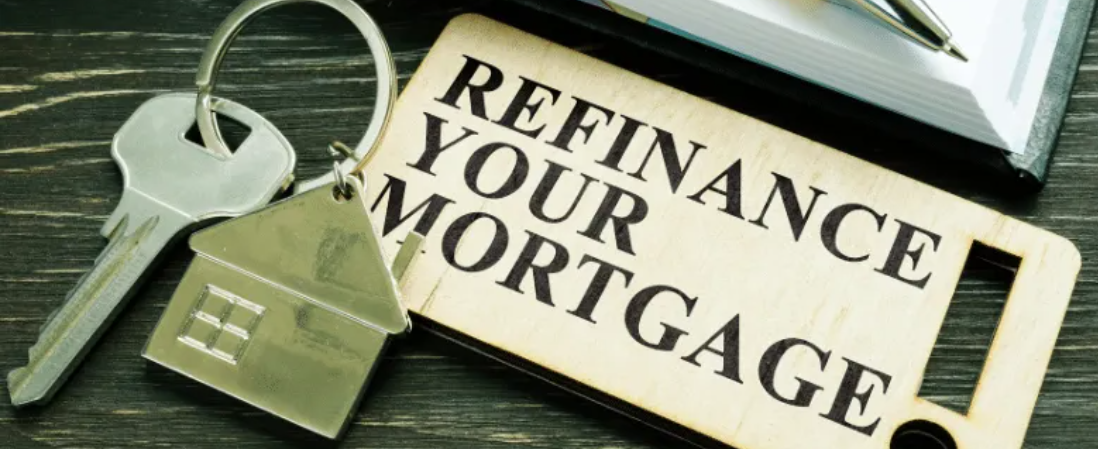Should You Refinance in 2025? Key Indicators to Watch
Refinancing your mortgage can be a smart financial move but timing is everything. With the housing market, interest rates, and economic conditions constantly evolving, is 2025 the right time to refinance?
The answer depends on your personal finances, current mortgage terms, and a few key market indicators.
In this guide, we’ll break down what refinancing is, when it makes sense, and the top factors to watch in 2025 to help you make the most informed decision possible.
What Does Refinancing a Mortgage Mean?
Refinancing means replacing your existing mortgage with a new one typically with better terms, like a lower interest rate or shorter loan term.
Common Reasons to Refinance:
-
💰 Lower your interest rate and monthly payments
-
🏠 Change your loan type (e.g., from adjustable to fixed-rate)
-
⏳ Shorten your loan term (e.g., from 30 years to 15 years)
-
💵 Tap into your home equity via a cash-out refinance
-
❌ Eliminate private mortgage insurance (PMI)
🔍 5 Key Indicators That Say It Might Be Time to Refinance in 2025
1. Mortgage Rates Are Dropping
Interest rates play a huge role in refinancing. If rates in 2025 are significantly lower than what you’re currently paying, refinancing could save you thousands.
💡 Rule of thumb: Refinancing may be worth it if you can lower your rate by at least 0.75% to 1%.
📌 Tip: Monitor the Federal Reserve’s decisions and inflation trends. These often influence mortgage rate shifts.
2. Your Credit Score Has Improved
Lenders offer better rates to borrowers with higher credit scores. If your score has gone up since you first got your mortgage, you may now qualify for:
-
Lower interest rates
-
Better loan terms
-
Reduced PMI costs (or none at all)
📌 Tip: Even a 20–30 point increase in your credit score could make a noticeable difference.
3. Your Home Equity Has Grown
In many markets, home values surged between 2020 and 2023—and some are continuing to grow in 2025.
If your equity is above 20%, you may:
-
Qualify for better refinance terms
-
Drop PMI if you had less than 20% down originally
-
Be eligible for a cash-out refinance to fund renovations, debt consolidation, or major purchases
📌 Tip: Lenders typically require at least 80% loan-to-value (LTV) for standard refinances, and 60–80% LTV for cash-out loans.
4. You’re Planning to Stay in the Home: Should You Refinance in 2025? Key Indicators to Watch
Refinancing comes with closing costs usually 2% to 6% of the loan amount. So it only makes sense if you plan to stay in the home long enough to recoup those costs through monthly savings.
🧮 Break-even example:
If refinancing saves you $200/month and costs $4,000, your break-even point is 20 months. If you’re staying put longer than that, refinancing likely makes sense.
5. You Have an Adjustable-Rate Mortgage (ARM): Should You Refinance in 2025? Key Indicators to Watch
If you’re approaching the end of the fixed-rate period on an ARM, 2025 might be a good time to refinance into a fixed-rate mortgage, especially if interest rates are expected to rise again.
Tip: Locking in a low fixed rate can provide peace of mind and predictable payments, especially in an uncertain economy.
When Refinancing Might NOT Be a Good Idea: Should You Refinance in 2025? Key Indicators to Watch
-
You’re planning to move within the next 1–2 years
-
Your credit score or income has declined
-
You can’t afford the closing costs
-
Your current mortgage has a prepayment penalty
-
Market rates are higher than your existing rate
Before refinancing, always crunch the numbers and consider both short-term costs and long-term savings.
2025 Refinance Checklist: Should You Refinance in 2025? Key Indicators to Watch
Here’s what to do if you’re considering refinancing this year:
✅ Check your current interest rate
✅ Review your credit score and credit report
✅ Compare 2025 mortgage rates from multiple lenders
✅ Calculate your home’s current equity
✅ Determine your refinancing goals (lower payment, shorter term, cash out?)
✅ Use a refinance calculator to estimate savings and break-even point
✅ Factor in all closing costs and fees
What Experts Say About Refinancing in 2025
While no one can predict rates with 100% accuracy, many financial analysts expect moderate rate adjustments in 2025 as inflation stabilizes. This could create windows of opportunity to refinance especially if rates dip below your current loan’s rate.
Final Thoughts on Should You Refinance in 2025? Key Indicators to Watch
So should you refinance in 2025? That depends on your current loan, your financial goals, and what the market is doing.
Refinancing isn’t a one-size-fits-all decision. But if:
-
Rates are lower
-
Your credit has improved
-
You plan to stay long-term
-
Your equity has increased
…then it might be time to lock in a better deal.


